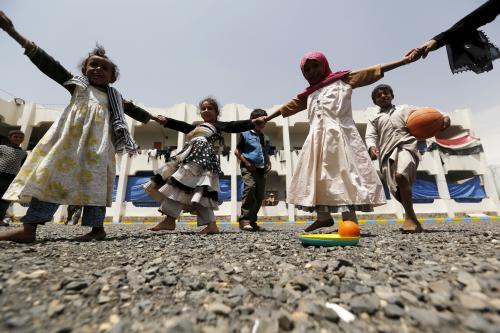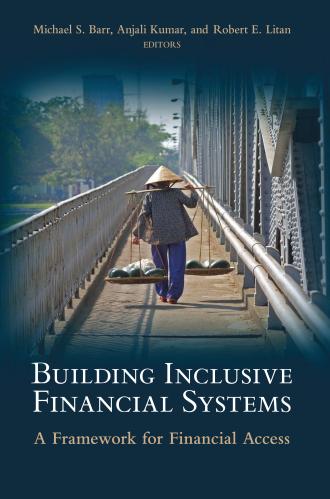Editor’s Note: This blog is the second of three that will profile local leaders from around the world who advocate for improved education—especially for girls—in their communities. These blogs will culminate in a Brookings event on December 12 featuring two panels on the issues and a keynote address by First Lady of the United States Michelle Obama. Register for the webcast here and follow along on Twitter at #GirlsEdu.
I come from Pakistan, a country with the world’s second highest number of out-of-school children—about 5.5 million. Girls make up two-thirds of that number. Moreover, compounding the problem of children out of school in Pakistan is the poor quality of education in those schools. Pakistani schooling often takes in students sent by their parents with big dreams, and then cycles them through the process without ensuring that they learn the valuable skills they need.
Ultimately, much of Pakistan’s poor education outcomes—both in getting children into school and teaching them properly when there—can be traced back to the country’s poverty. More than half of Pakistanis live below poverty line, and options for getting a quality education are sadly out of reach for most poor families. The free government schools and low-fee private schools are often of poor quality, and of course the expensive, quality private schools are out of reach for poor families. In such circumstances, where essentially the only choice for poor families is to send their children to schools where they will not learn anyways, parents would rather have their children—especially girls—stay home to help the family in its livelihood.
This culture can be changed. My experience in Pakistan creating local collaborative structures built on community participation demonstrates this. GRACE Association, the organization I founded, has worked for the last two years to develop Community School Networks (CSN) that train a cadre of local leaders to recognize 1) the importance of the family, community, and the economy in the education of youth, and 2) the core values of social justice, equity, and democracy in the design and implementation of educational programs.
CSNs unite the public and private school communities with the broad base of those who truly care about education in Pakistan. This group works together on overall school improvements and to address barriers that prevent girls and out-of-school children from accessing education. CSN leaders emerge locally and come from schools, local governments, civil society, corporations and NGOs. Together these leaders embrace a shared vision and policy commitments. They say to their constituencies, “We can do this.” Typically these leaders organize CSNs that reflect the unique culture and context of their communities.
Importantly, CSN leaders play bridging roles to foster partnerships between the school and the local communities, to mobilize and distribute resources where they are needed, and to support organizations that promote girls’ education and improved learning for all children. Given the Pakistani poverty that underlies the countries education problems, collaboratively structured CSNs are an important complement to schools. They facilitate a more integrated focus on academics, family support, health and social services, and youth and community development, leading to improved student learning, stronger families and healthier communities. For example, the leaders of one CSN recently resolved to close a cluster of primary schools available exclusively for boys and opened as a result of political favoritism. The CSN leaders conducted an assessment of the educational needs of their valley and decided that a primary school for girls was needed for every two villages and one for boys every four villages, because boys are traditionally permitted to travel farther than girls without problems. Importantly, it was community-level priorities and local education leaders that drove this decision. Another example of the impact of CSNs can be seen in the academic performance of the Al-Zahra community elementary school. After introducing a CSN here, the admission rate of girls ages 5-16 increased 8 percent, and the dropout rate fell from 7 percent to 2 percent in one year (2012-13).
The success stories of CSNs suggest that investing in local leaders helps promote education for girls, in addition to leading to a whole host of general benefits. When local education leaders work tirelessly, including on evenings and weekends, to help leverage their community’s assets, to support student success, and to sustain education programs, there is an impressive amount that can be accomplished.








Commentary
Cultivating Local Leaders for Girls’ Education in Developing Countries
December 9, 2014